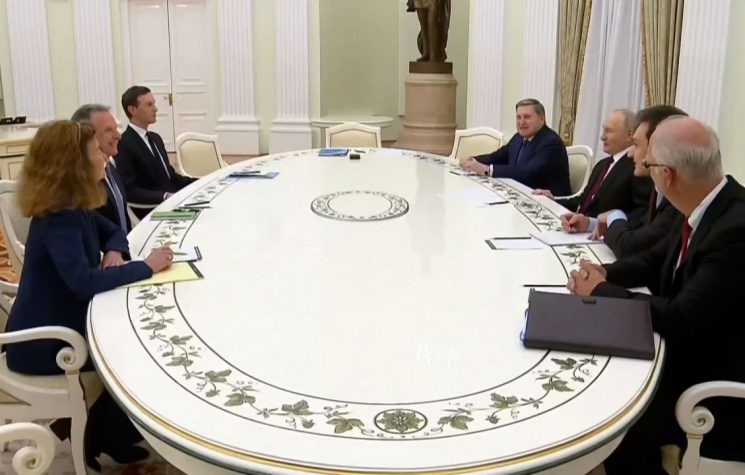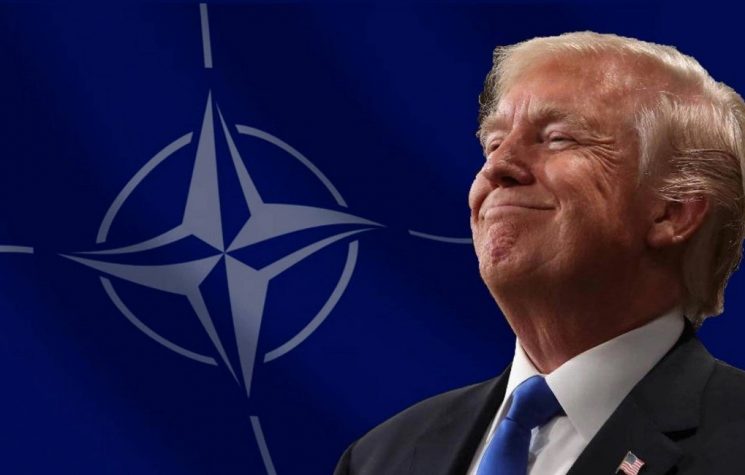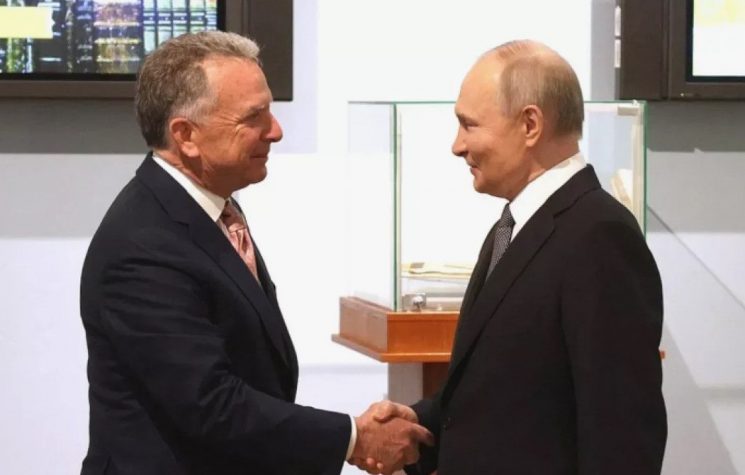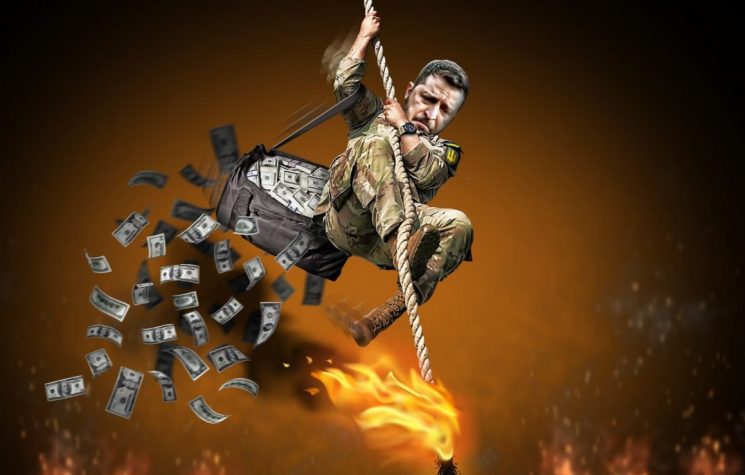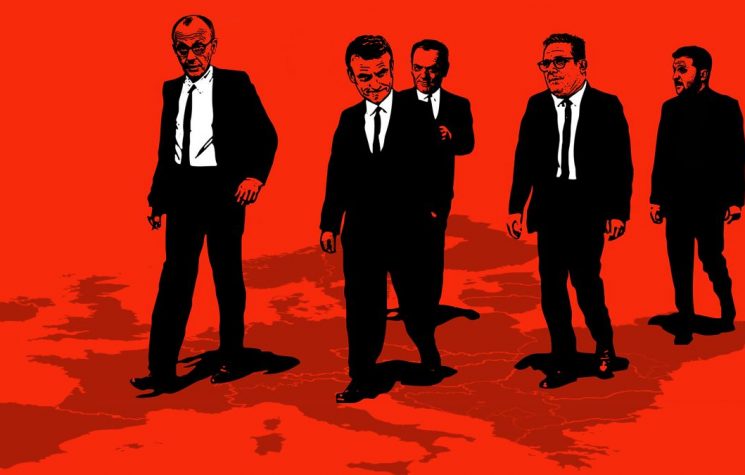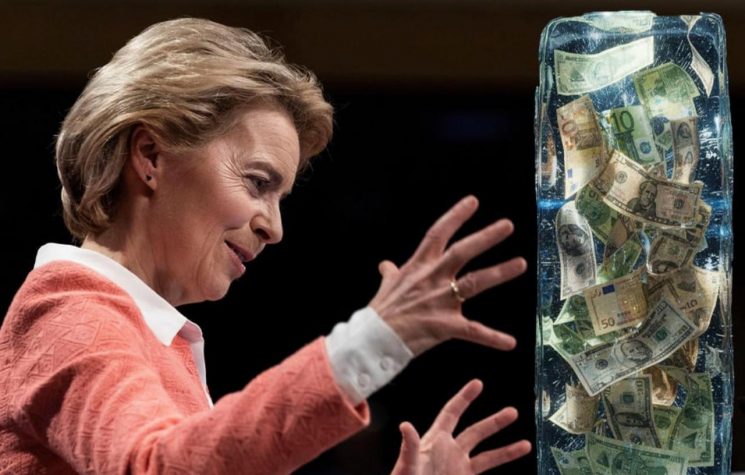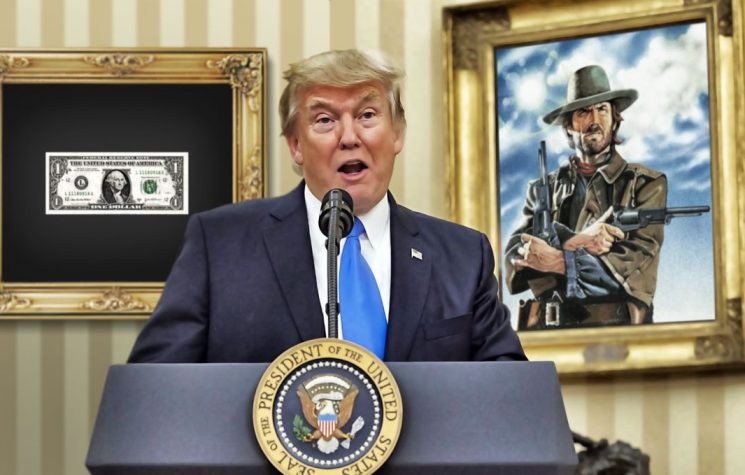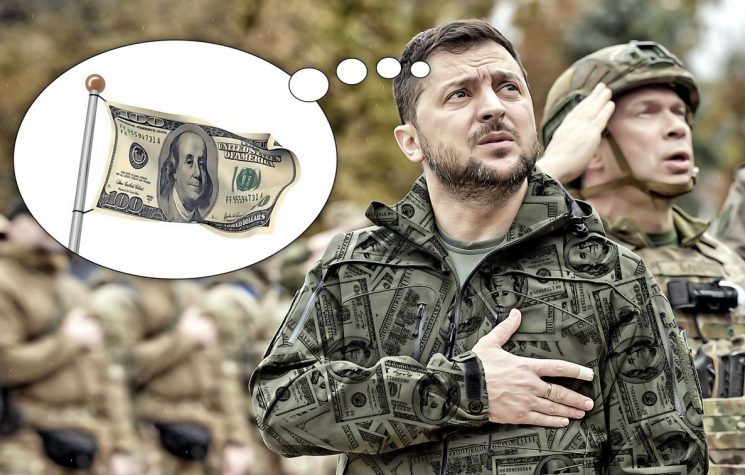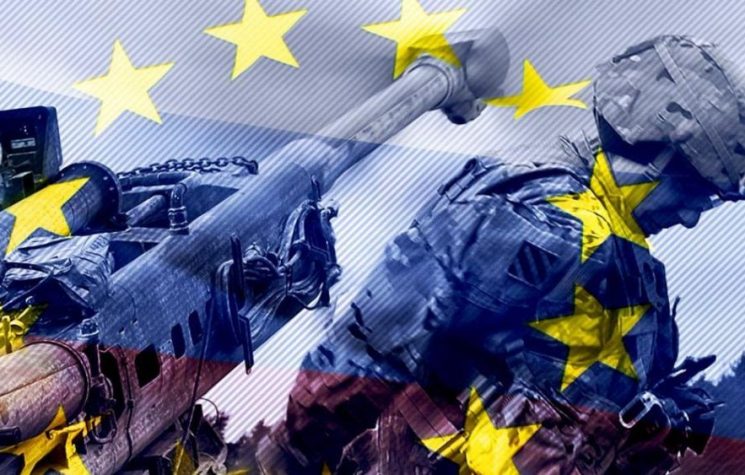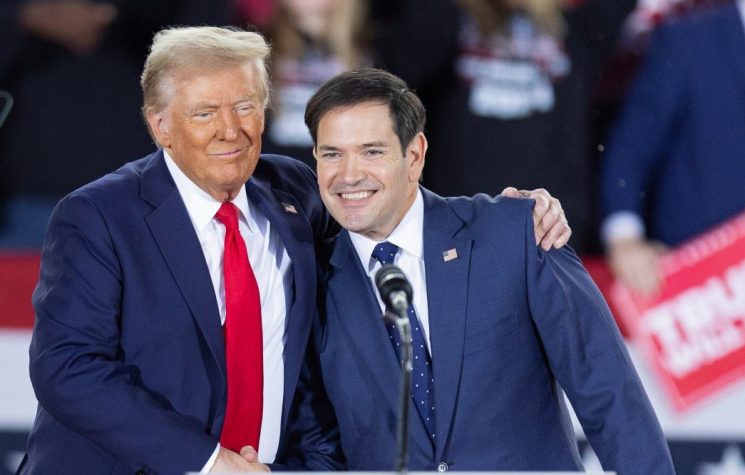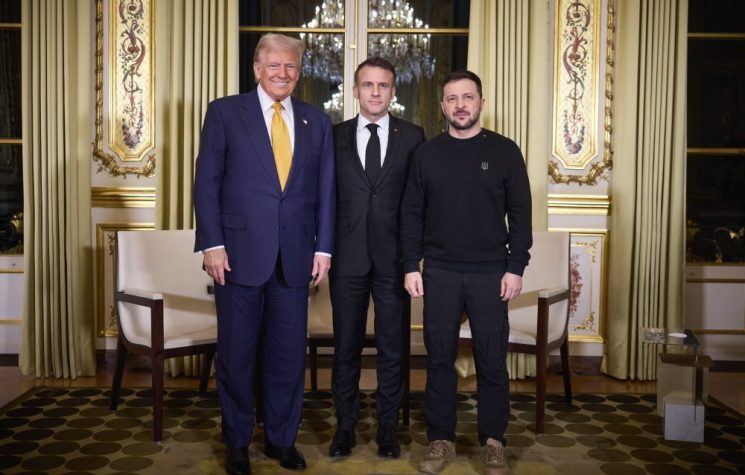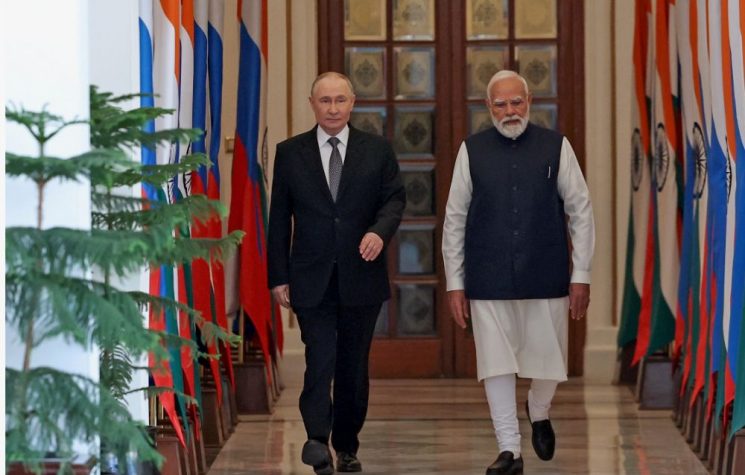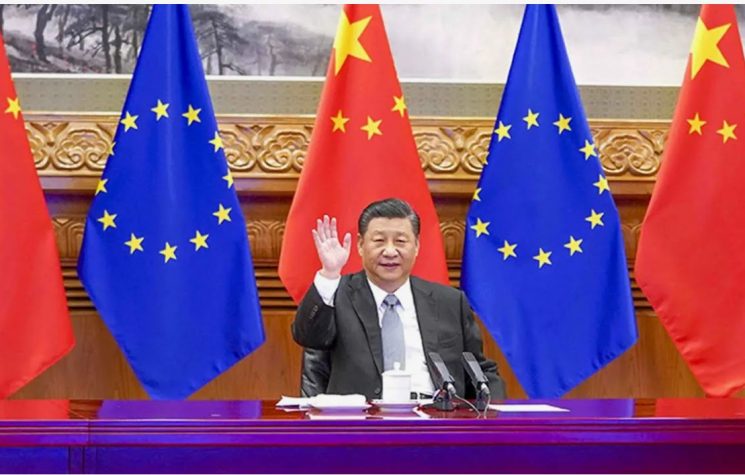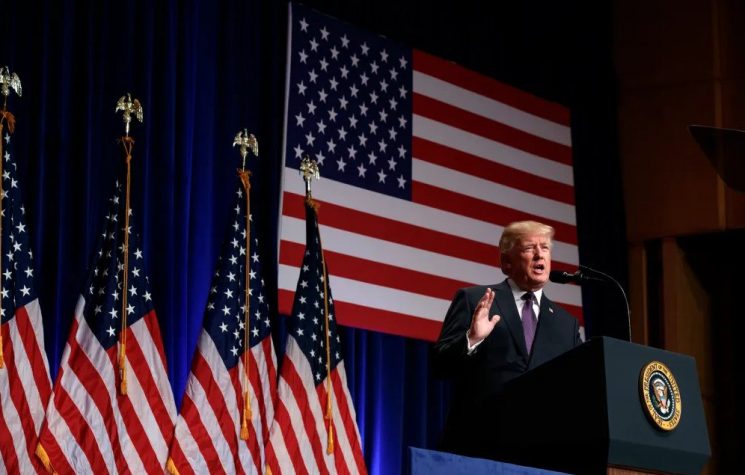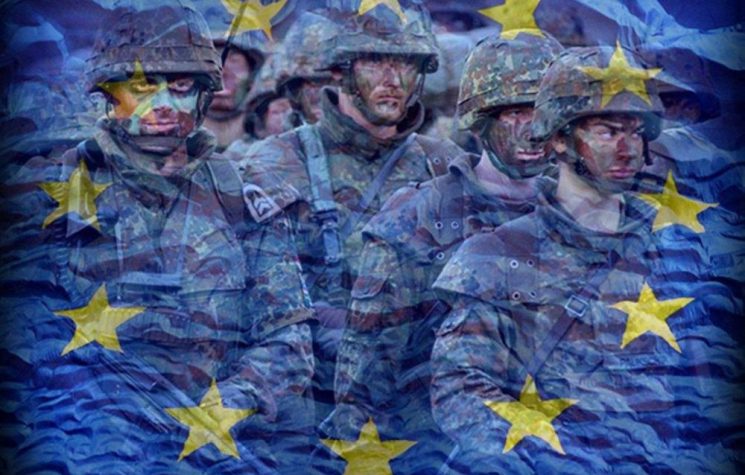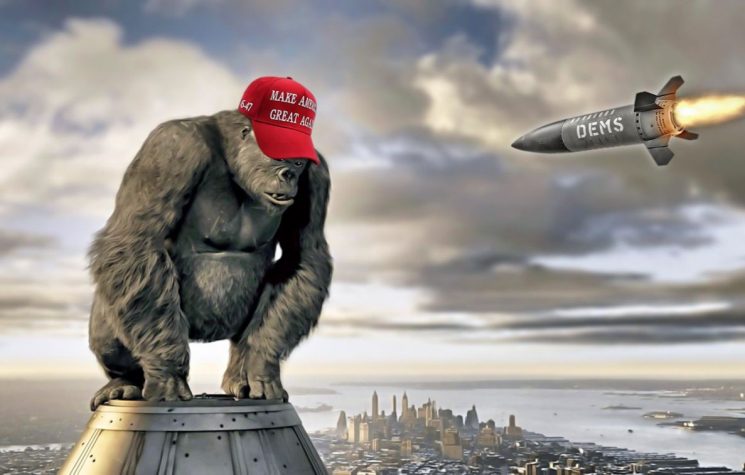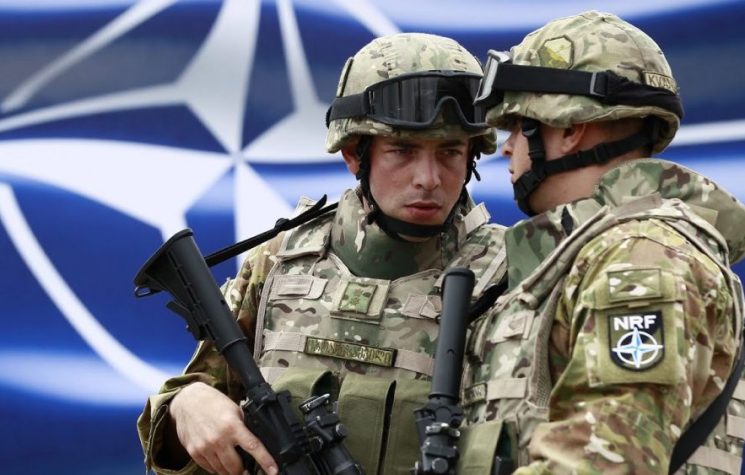The pawns on the large chessboard are changing rapidly. In Kiev there could soon be a job vacancy under the label “president”.
Contact us: info@strategic-culture.su
A broader change
Washington’s evolving position on Ukraine reflects a broader shift in U.S. foreign policy, particularly in its approach to security commitments. Trump’s story that he would end the conflict in 24 hours was fine for saying goodnight to the children, but for adults it never worked. However, the Kremlin has not underestimated this argument, and for some time now has been conducting parallel negotiations to agree on the resolution of some very delicate international issues (to which I will dedicate at least two of my next articles).
Ukraine has been a thorn in the side of all of Europe, a move that was clear from the start, a move by the U.S. administration to destabilize the old continent, in particular to undermine the dominance of the United Kingdom and try to redefine the thalassocratic maps. But first things first.
Initially, after the 2014 Maidan revolution and Russia’s annexation of Crimea, the United States framed its support for Ukraine as a principled stand against so-called “Russian aggression”, supporting Kiev with military aid, specific training and diplomatic support. Even then, it resembled NATO’s broader deterrence framework, in which U.S. commitments, while not formal security guarantees, were seen as a demonstration of American resolve. This was later confirmed by the facts.
Over time, and especially under the Trump and Biden administrations, Washington’s position has increasingly aligned with a model of transactional delegation: allies and partners are expected to bear a greater financial burden in exchange for protection. This echoes a neo-feudal logic in which the hegemon offers selective security assistance, subordinated to its own interests and to the contributions of the “vassal”. After all, NATO was born for this very reason… at the behest of London, but with delegation to Washington.
Aid as an investment, not as a guarantee
Problems arose when Russia – and the truly free world in general – decided not to fall into the classic input/output trap. Although Washington has provided Ukraine with significant military and financial aid, this support lacks the binding security guarantees that NATO membership would entail. This is a condition that is always requested by European leaders, whose interests are certainly more direct and immediate than those of a power that is several thousand kilometers away. The United States carefully avoids direct military intervention en masse, emphasizing that its assistance is conditional rather than absolute. This is a fact. If the presence of American soldiers in Ukraine since the beginning of the year 2000 is a known fact and confirmed by several sources, it is equally true that America has not cleared its own soldiers from the front line, leaving this burden and honor to its European cousins.
A sort of protection mechanism was therefore set in motion, based on the balance of costs and benefits, as is normal in a low-profile international war. The Biden administration, despite public rhetoric of “standing with Ukraine for as long as it takes,” has not moved without prolonged and exhausting negotiations, reflecting an evolving strategy in which security assistance is designed not to guarantee victory, but to sustain a controlled conflict without overextending U.S. commitments.
In fact, the interest in this extension is mainly European: In short, it allows Germany to save itself from banking collapse and to save the Euro, which is now worthless, it allows France to save its own banks, which without the income from the colonies no longer function as before, and it allows the UK to keep the pound high in the skies of Europe, even if Anglo-Saxon realpolitik is no longer as old fashioned as it once was.
In recent debates on aid packages, U.S. lawmakers, particularly Republicans, have pushed for assistance to be conditional on Europe sharing the burden or Ukraine self-financing through assets held abroad. This suggests that Washington does not see Ukraine as a dependent client, but as a party that should “pay” for protection, similar to the U.S. position towards NATO allies under Trump.
Unlike Cold War-era alliances, in which Washington’s security commitments were relatively clear, the Ukrainian situation demonstrates a more fluid model in which support is subject to political calculations. The United States deliberately avoids clarifying the final scope of its support, using ambiguity as a tool both to dissuade Russia and to put pressure on Kiev to accept Washington’s conditions. It is therefore logical that Trump is in no hurry to conclude what we will call “The Ukrainian Problem”, a sort of “quantum politics” puzzle, to add a touch of irony. The problem is simple to solve, but he keeps it complex because it suits him. Elementary, my dear Watson.
From patron-client dynamics to sovereign-vassal dynamics
All this affects the stability of the Eurasian equilibrium, which is as delicate as it is fundamental and, above all, not subject to market negotiations as is the case in Europe.
Washington’s selective commitment to Ukraine reflects its broader strategic pivot: managing European security by prioritizing the Indo-Pacific. India is a convenient partner, Iran is a ticking time bomb, Yemen an annoying inconvenience, and China the competitor holding the big public debt disaster in its hands. This suggests that U.S. support for Ukraine is contingent on its role in a broader geopolitical framework, rather than an unconditional commitment.
Washington is adjusting its strategy in response to a world in which power is more distributed and American dominance is increasingly challenged by other centers of influence. The shift from binding guarantees to a transactional and selective approach is a way for the United States to maximize its influence while conserving resources and managing geopolitical risk.
The Atlantic warlords can no longer afford to act as the world’s undisputed security provider, so they are moving from a protector-protected relationship to a more flexible model of burden sharing. In this way they can manage the collapse of their own economy without losing too much face in Asia.
In a multipolar world, moreover, rigid security guarantees can be a liability, as they reduce Washington’s ability to adapt to changing conditions. The United States avoids binding itself to Ukraine as it is bound to NATO allies, instead keeping its commitments conditional and open-ended.
The United States has pressured the EU and NATO states to assume greater responsibility for Ukraine’s defense, in line with the broader objective of reducing Europe’s dependence on American security guarantees, pushing it towards greater military autonomy within the Western bloc. Can we define this as an adaptation to multipolarity? Not really, as it is a situation that requires a forced response, not a free, autonomous and conscious choice. The contingent conditions are stronger than the realization of its plans for hegemonic reaffirmation.
Prioritizing China and containing Russia are the first two items on the long list. The biggest long-term strategic challenge for the United States is China, not Russia. By managing Ukraine through selective aid rather than direct guarantees, Washington keeps Russia in check without exposing itself excessively from a military or financial point of view. This allows the United States to preserve resources and flexibility for the Indo-Pacific, where it faces a more direct challenge to its global dominance.
This change represents a recalibration of American strategy to adapt to a world in which it must balance multiple rivals simultaneously. It is further, pragmatic, unequivocal confirmation that the U.S. no longer dictates the rules of the world. They are skilled strategists and still play on the power of the psychological system they created with a global perception of insurmountable power, but the chessboard is changing, both for the position of the pawns and for the players.
One can be a global power even without being the ruler of the globe. And this is a necessary step for the imposition of a multipolar world.












